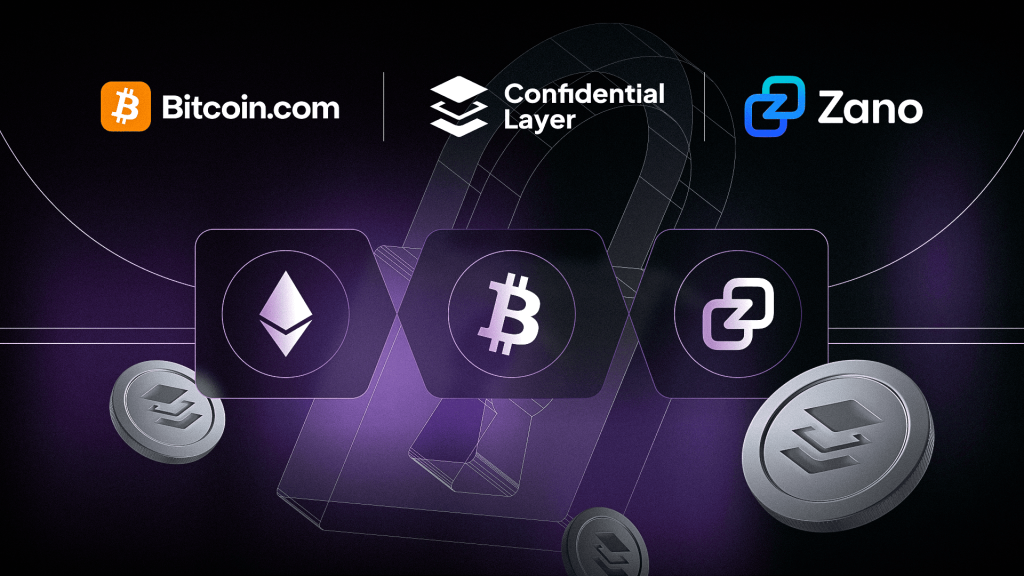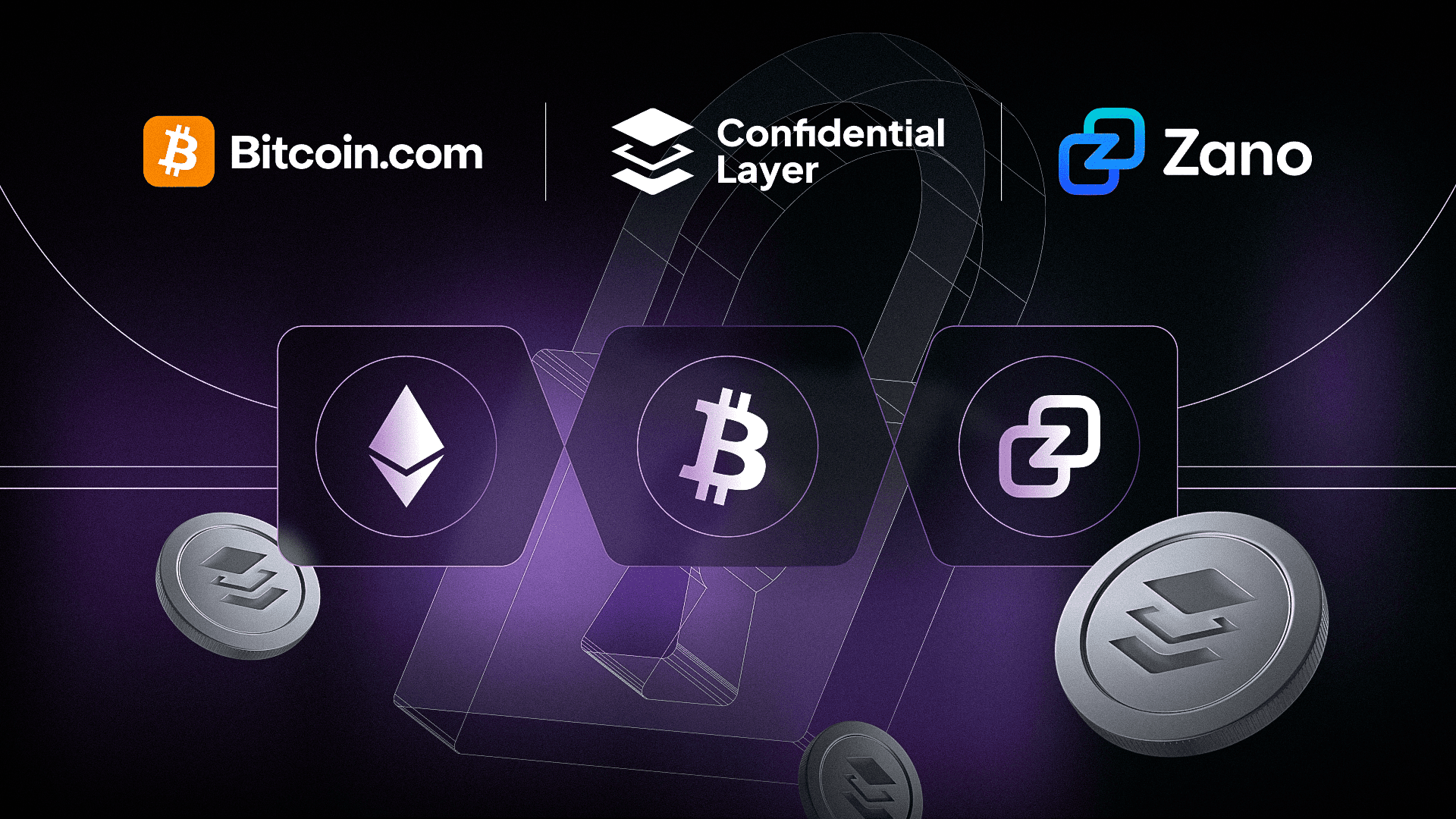
Decoding Confidential Layer: A Deep Dive into Privacy-Focused Interoperability
The Quest for Privacy in a Transparent World
In the rapidly advancing realm of blockchain technology, transparency has long been celebrated as a fundamental principle. However, this transparency comes with a significant trade-off: the loss of privacy. Imagine every financial transaction you make—every coffee purchase, every investment, every salary deposit—being publicly visible. This is the reality for many users of public blockchains, and it presents a substantial challenge. Enter Confidential Layer, a revolutionary approach designed to introduce privacy-preserving interoperability into the blockchain space. This innovation seeks to bridge the gap between public and private blockchains, offering users the ability to transact with confidentiality while still benefiting from the security and functionality of established networks.
Bridging the Gap Between Public and Private Blockchains
Confidential Layer is engineered as a decentralized, non-custodial bridge, facilitating secure and private transfers of assets across different blockchain ecosystems. Its primary objective is to connect public blockchains like Bitcoin and Ethereum with privacy-focused blockchains, enabling users to transact confidentially without compromising the advantages of well-established networks. This is achieved through the integration of advanced technologies such as Threshold Signatures and Confidential Assets. By allowing assets to move seamlessly between these realms, Confidential Layer unlocks new possibilities for decentralized finance (DeFi) and other blockchain applications where privacy is crucial.
Technical Underpinnings: How Confidential Layer Achieves Privacy
The effectiveness of Confidential Layer hinges on its sophisticated technical architecture. Several key technologies and design choices contribute to its privacy-enhancing capabilities:
Bridgeless L1 Blockchain
Confidential Layer is built on its own Layer 1 (L1) blockchain, specifically designed for decentralized and non-custodial bridging. This bespoke blockchain serves as the foundation for seamless interoperability, optimized for the unique demands of privacy-focused transactions. By operating independently of existing blockchains, Confidential Layer ensures that users retain full control over their assets throughout the bridging process.
Threshold Signatures
Threshold Signatures are a cryptographic technique that allows a group of participants to collectively sign a transaction without any single participant having complete control over the private key. This distributed control mechanism enhances security and reduces the risk of single points of failure. In the context of Confidential Layer, Threshold Signatures ensure that no single entity can unilaterally control the bridging process, thereby maintaining the decentralized nature of the network.
Confidential Assets (CAs)
Confidential Assets (CAs) represent a new asset class within the Confidential Layer ecosystem. These assets are designed to provide privacy for transactions, obscuring the sender, receiver, and amount transacted. This is typically achieved using zero-knowledge proofs or similar cryptographic methods, ensuring that the validity of the transaction can be verified without revealing sensitive information. By introducing CAs, Confidential Layer enables users to transact privately while still benefiting from the security and functionality of the underlying blockchain.
Zero-Knowledge Proofs
Zero-Knowledge Proofs (ZKPs) allow one party to prove to another that a statement is true without revealing any information beyond the validity of the statement itself. In the context of Confidential Layer, ZKPs can be used to verify that a transaction is valid (e.g., that the sender has sufficient funds) without revealing the sender’s balance or the transaction amount. This cryptographic technique is instrumental in maintaining the privacy of transactions while ensuring the integrity of the blockchain.
Applications and Use Cases: Empowering Privacy-Centric Innovation
The technology underpinning Confidential Layer opens up a broad range of applications that stand to benefit from enhanced privacy:
Private DeFi
Decentralized finance (DeFi) applications, such as decentralized exchanges (DEXs) and lending platforms, can leverage Confidential Layer to offer users the ability to trade and borrow assets privately. This addresses a significant concern for many DeFi users who are wary of exposing their financial activities to public scrutiny. By enabling private DeFi transactions, Confidential Layer can attract a wider audience to the DeFi space, fostering greater adoption and innovation.
Confidential Payments
Confidential Layer facilitates private payments, shielding transaction details from prying eyes. This can be particularly valuable for businesses and individuals who need to maintain the confidentiality of their financial transactions. For example, a business might use Confidential Layer to pay suppliers without revealing the payment amount or the identity of the supplier, thereby protecting sensitive commercial information.
Enterprise Solutions
Businesses can utilize Confidential Layer to build privacy-preserving blockchain applications for supply chain management, data sharing, and other use cases where confidentiality is crucial. Imagine a supply chain where product information and transaction details are encrypted, only accessible to authorized parties. This enhances transparency and trust while protecting sensitive competitive data. By enabling such applications, Confidential Layer can become a valuable tool for enterprises looking to leverage blockchain technology while maintaining privacy.
Governance and Voting
Decentralized governance systems can benefit from Confidential Layer by enabling private voting. This ensures that voters’ choices remain confidential, preventing coercion and promoting fairer decision-making processes. For example, a decentralized autonomous organization (DAO) could use Confidential Layer to conduct private votes on proposals, ensuring that members can express their opinions without fear of retaliation or influence.
The CLONE Token: Powering the Confidential Layer Ecosystem
The CLONE token serves as the native cryptocurrency of the Confidential Layer ecosystem. It plays a vital role in incentivizing network participation and facilitating various functions within the platform. Key utilities of the CLONE token include:
Staking
Token holders can stake their CLONE tokens to earn rewards, contributing to the network’s security and stability. By staking CLONE, users help validate transactions and maintain the integrity of the blockchain, earning rewards in return. This incentivizes users to participate in the network, ensuring its long-term sustainability.
Governance
CLONE token holders may have the opportunity to participate in the governance of the Confidential Layer protocol, influencing its future development and direction. This decentralized governance model ensures that the network evolves in a manner that aligns with the interests of its users. By giving token holders a voice in the decision-making process, Confidential Layer fosters a sense of community and ownership among its users.
Transaction Fees
CLONE may be used to pay for transaction fees within the Confidential Layer ecosystem. By using CLONE to pay for transactions, users can benefit from lower fees and faster processing times. This incentivizes the use of the CLONE token, driving demand and contributing to the overall health of the ecosystem.
The Competitive Landscape: Distinguishing Features
Confidential Layer is not alone in its pursuit of privacy-enhancing blockchain solutions. Several other projects are also working to address the need for privacy in the crypto space. Competitors include:
Aztec
Aztec focuses on providing privacy on Ethereum through its Layer 2 scaling solution. By leveraging zero-knowledge proofs, Aztec enables users to transact privately on the Ethereum network. However, Aztec is primarily focused on enhancing privacy within the Ethereum ecosystem, whereas Confidential Layer aims to bridge public and private blockchains, offering a broader range of use cases.
Secret Network
Secret Network is a blockchain with built-in privacy features, allowing developers to build decentralized applications with encrypted data. While Secret Network offers a comprehensive privacy solution, it operates as a standalone blockchain, whereas Confidential Layer is designed to interoperate with existing blockchains, providing a more flexible and versatile approach to privacy.
Zama
Zama is developing a confidential blockchain protocol based on Fully Homomorphic Encryption (FHE). FHE allows computations to be performed on encrypted data without decrypting it, offering a high level of privacy. However, FHE is still in the early stages of development, and its practical applications are limited. Confidential Layer, on the other hand, leverages proven cryptographic techniques like zero-knowledge proofs and threshold signatures, ensuring a more robust and scalable solution.
Confidential Layer distinguishes itself through its focus on bridging public and private blockchains, offering a unique value proposition for users who want to leverage the benefits of both types of networks. Its emphasis on non-custodial bridging ensures that users retain control of their assets throughout the process, setting it apart from other privacy-focused solutions.
Challenges and Considerations: Navigating the Path Forward
While Confidential Layer holds significant promise, it also faces several challenges:
Regulatory Uncertainty
The regulatory landscape surrounding privacy-enhancing technologies is still evolving. It is critical for Confidential Layer to navigate this landscape carefully and ensure compliance with applicable laws and regulations. As governments around the world grapple with the implications of privacy-focused technologies, Confidential Layer must stay ahead of regulatory developments to avoid potential legal pitfalls.
Scalability
As with many blockchain projects, scalability is a key consideration. Confidential Layer needs to ensure that its network can handle a growing volume of transactions without compromising performance or security. By leveraging advanced cryptographic techniques and optimizing its blockchain architecture, Confidential Layer can address scalability challenges and ensure a seamless user experience.
Adoption
The success of Confidential Layer depends on its ability to attract users and developers to its platform. This requires building a strong ecosystem and demonstrating the value of its privacy-enhancing features. By offering compelling use cases and fostering a vibrant community, Confidential Layer can drive adoption and establish itself as a leading privacy-focused blockchain solution.
Complexity
Privacy-preserving technologies can be complex to understand and use. Confidential Layer needs to prioritize user experience and make its platform accessible to a broad audience. By simplifying the user interface and providing clear documentation, Confidential Layer can lower the barrier to entry and attract a wider range of users.
A Glimpse into a Privacy-Enhanced Future
Confidential Layer represents a significant step toward a more privacy-conscious blockchain ecosystem. By enabling seamless and secure transfers between public and private blockchains, it empowers users to transact with confidentiality and unlocks new possibilities for privacy-focused applications. While challenges remain, the project’s innovative approach and strong technological foundation position it as a key player in the ongoing evolution of blockchain technology. As the demand for privacy continues to grow, Confidential Layer could very well become a cornerstone of the next generation of decentralized finance and beyond. In a world where transparency is often prioritized over privacy, Confidential Layer offers a compelling vision of a future where users can enjoy the benefits of blockchain technology without sacrificing their right to privacy.





